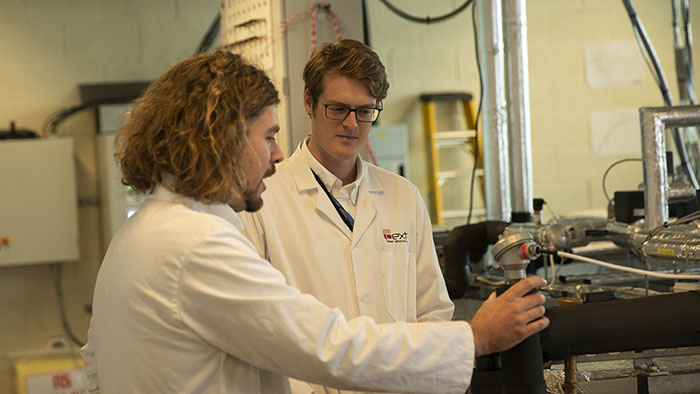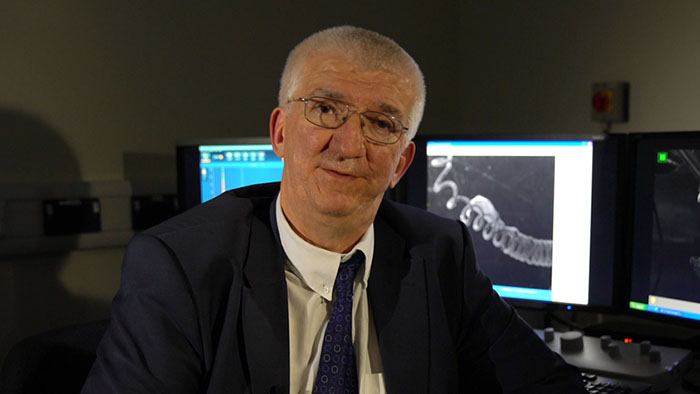About this project
Explore the people and organisations behind this research, and find related publications by the research team.
Research areas
Materials and Engineering Research InstituteResearch partners
Glass Technology Services Ashwell Biomass Solutions Glassworks Services PML Templeborough Biomass Power PlantFunding partners
Innovate UKRelated courses
Our teaching is informed by research. Browse undergraduate and postgraduate courses with links to this research project, topic or team.
Get in touch
Find key contacts for enquiries about funding, partnerships, collaborations and doctoral degrees.
How ash could hold the key to tackling the climate crisis
About this project
Explore the people and organisations behind this research, and find related publications by the research team.
Research areas
Materials and Engineering Research InstituteResearch partners
Glass Technology Services Ashwell Biomass Solutions Glassworks Services PML Templeborough Biomass Power PlantFunding partners
Innovate UKRelated courses
Our teaching is informed by research. Browse undergraduate and postgraduate courses with links to this research project, topic or team.
Get in touch
Find key contacts for enquiries about funding, partnerships, collaborations and doctoral degrees.



